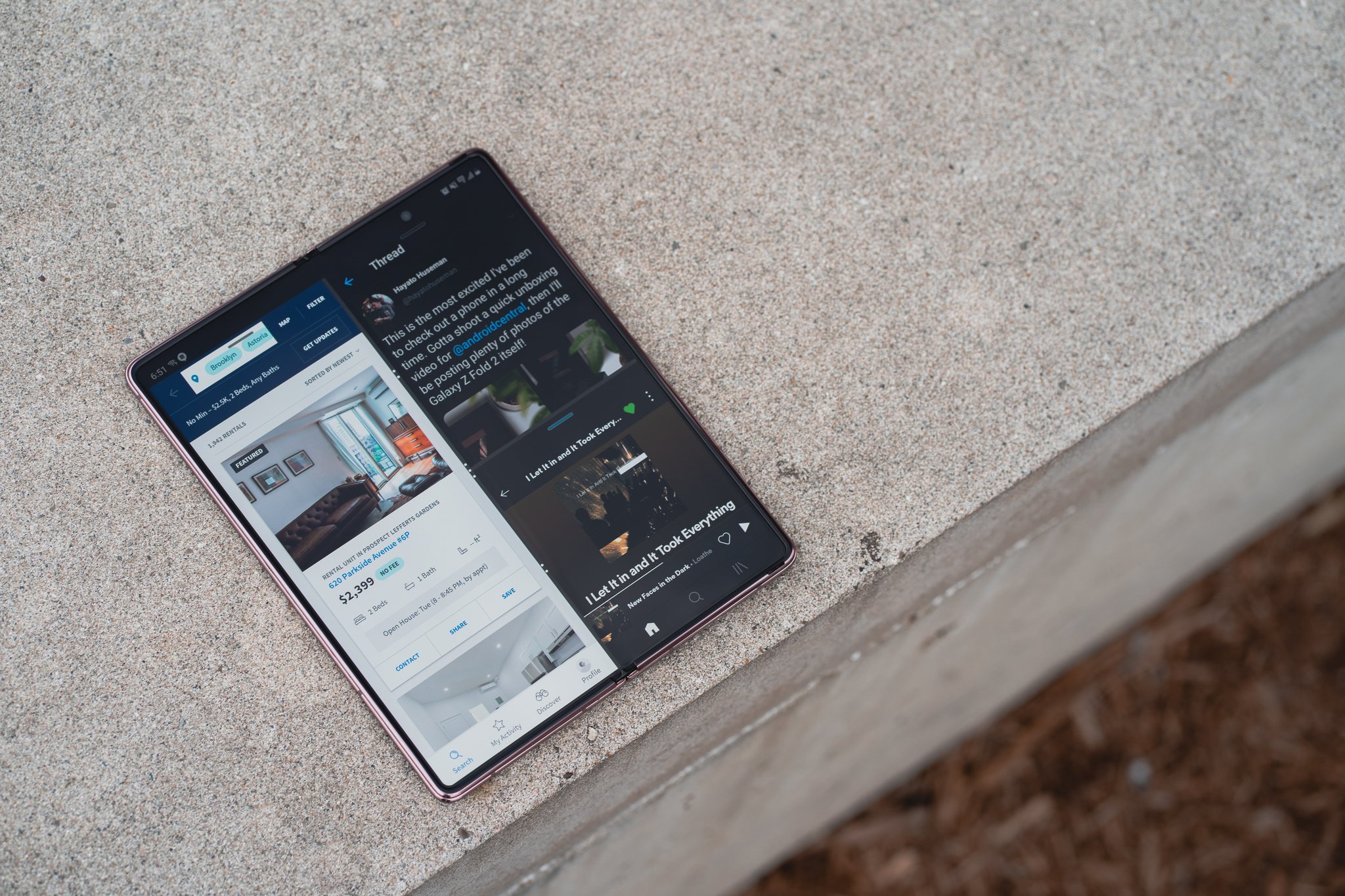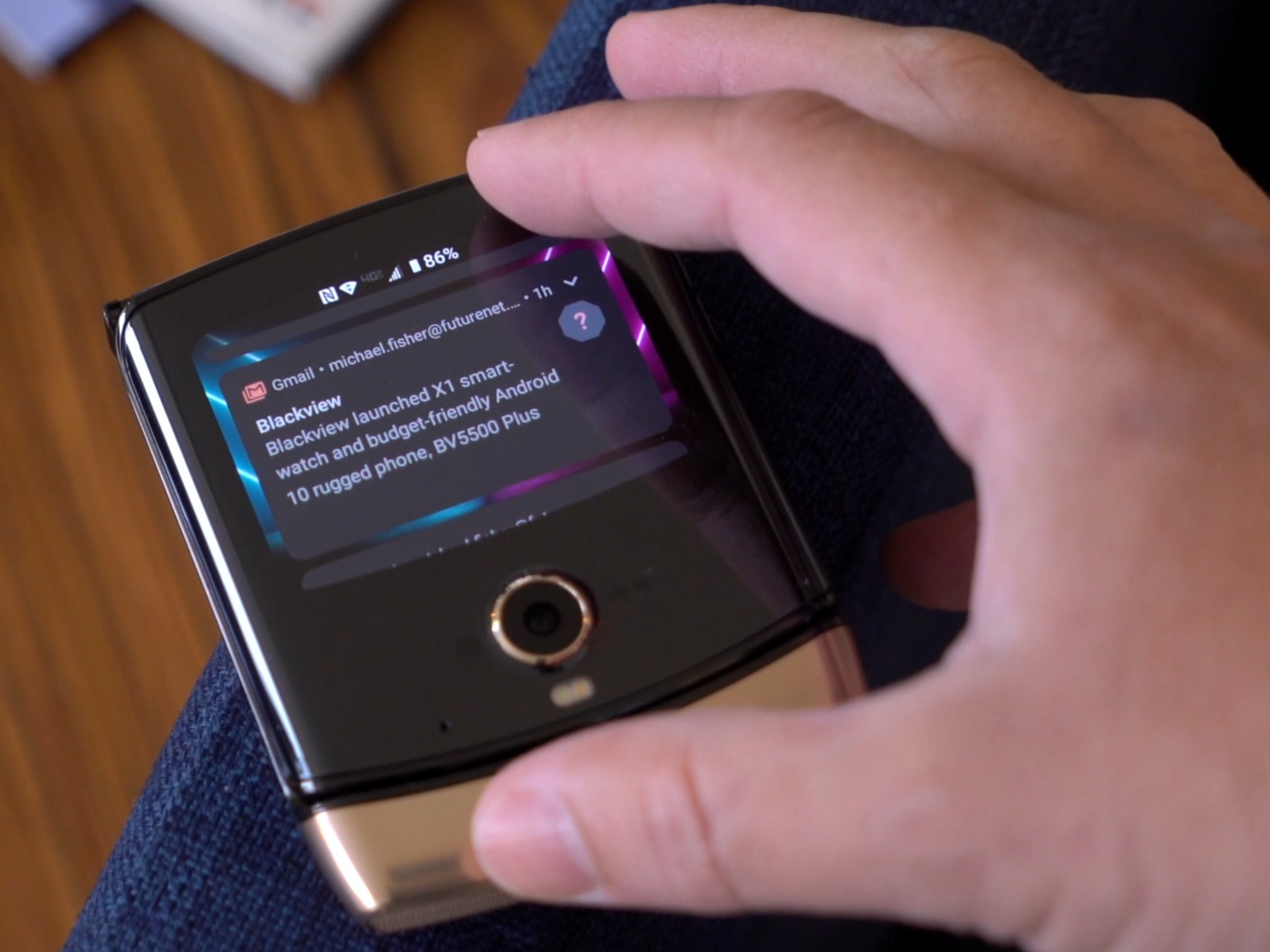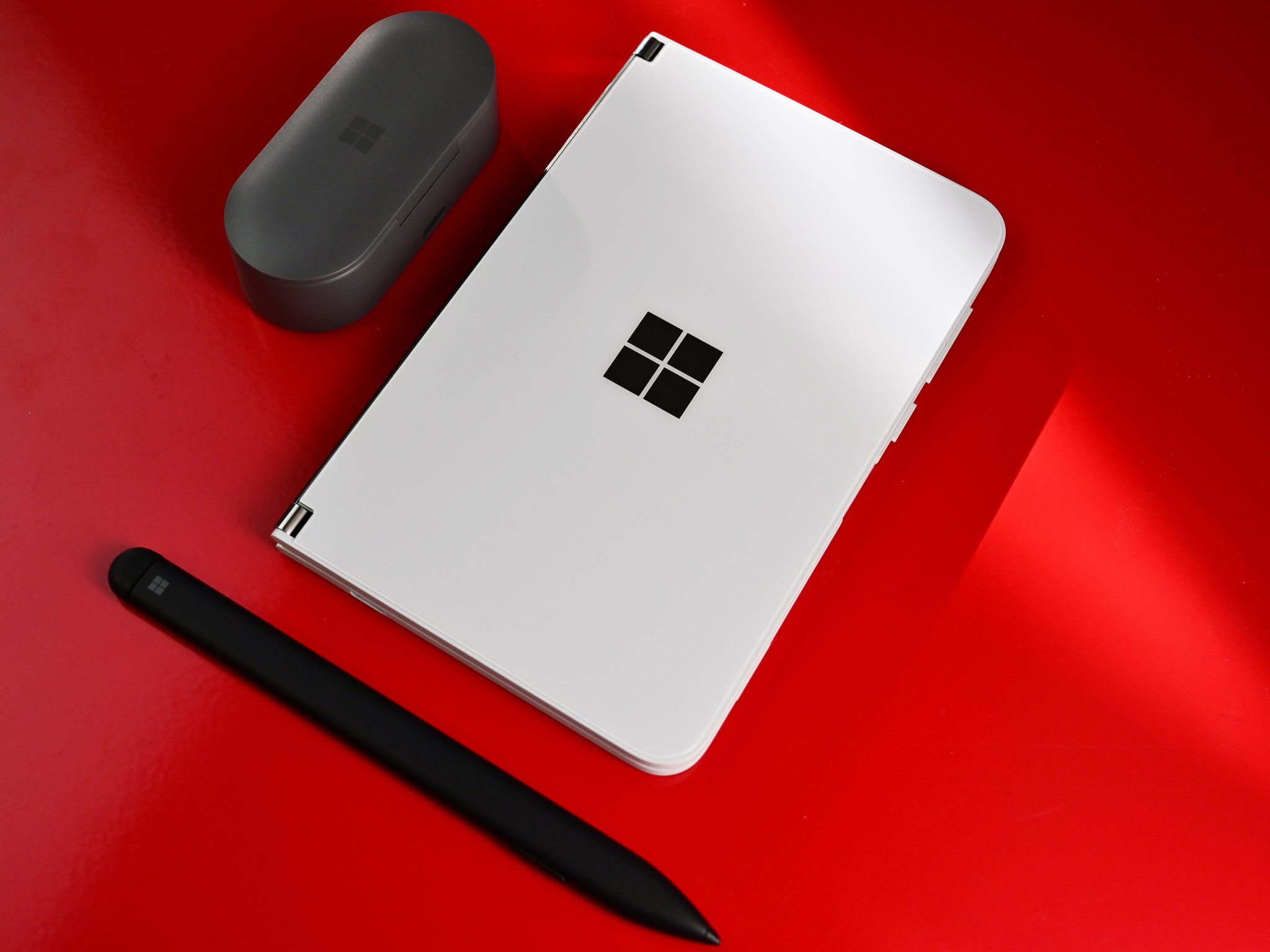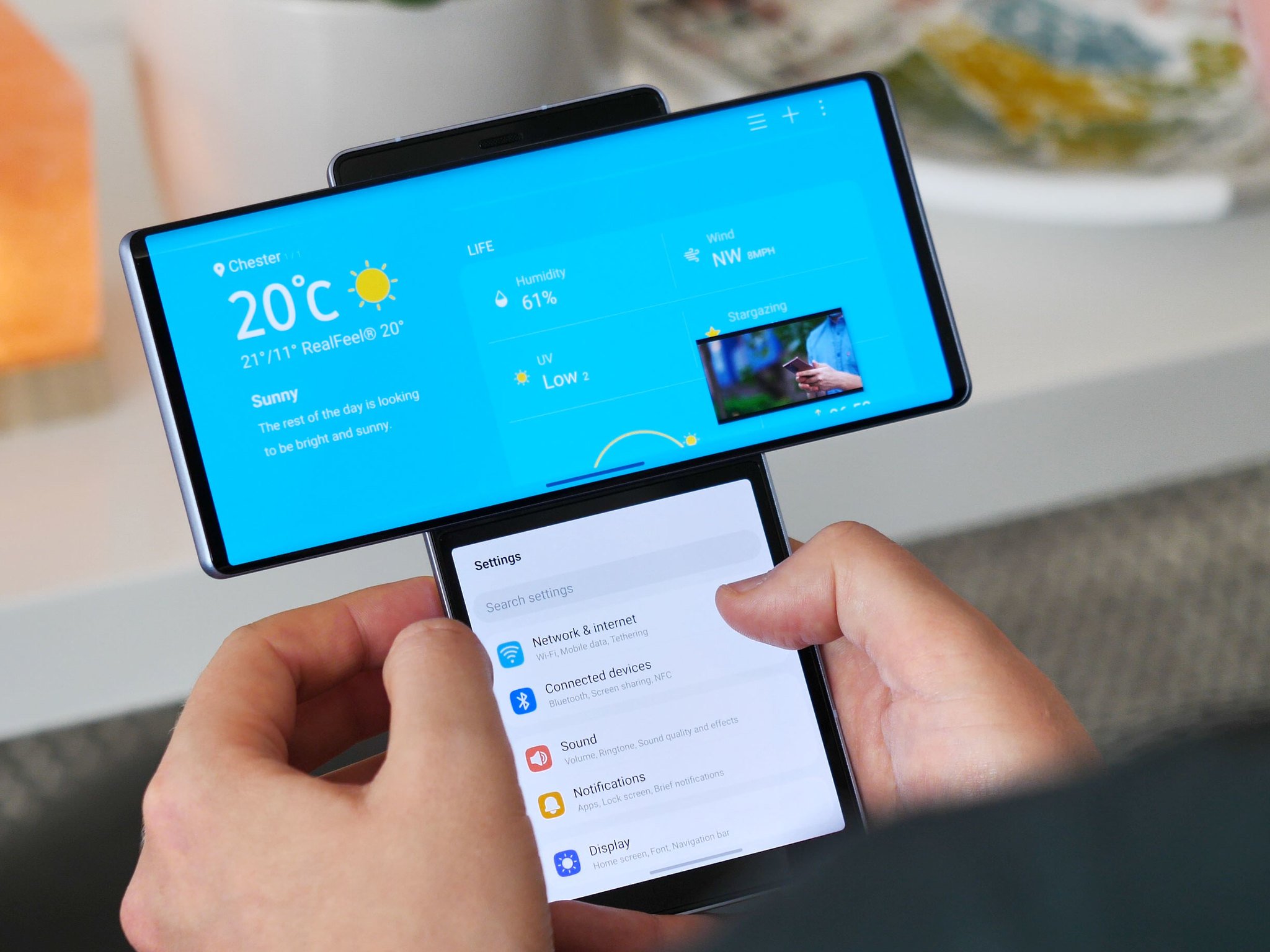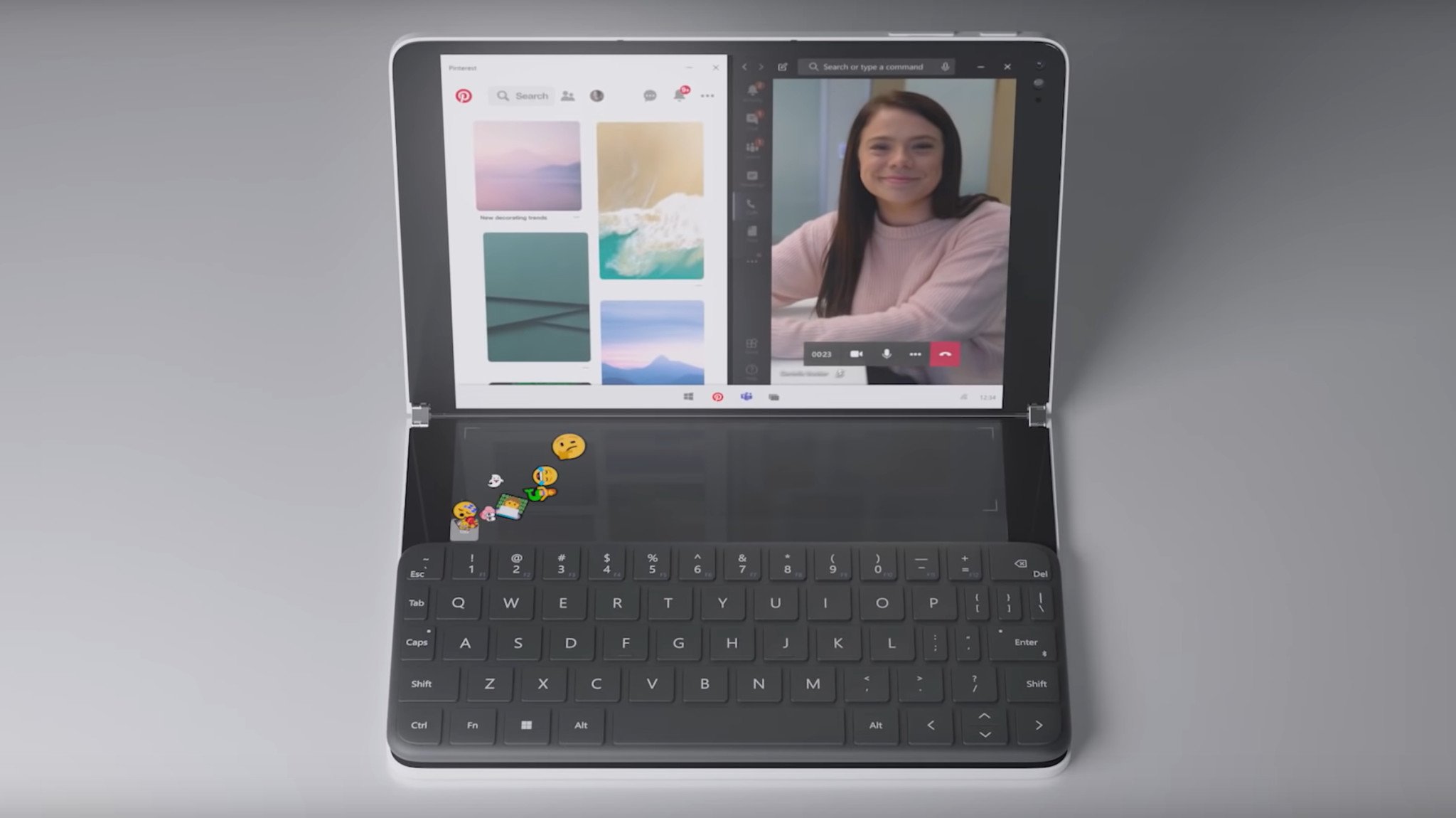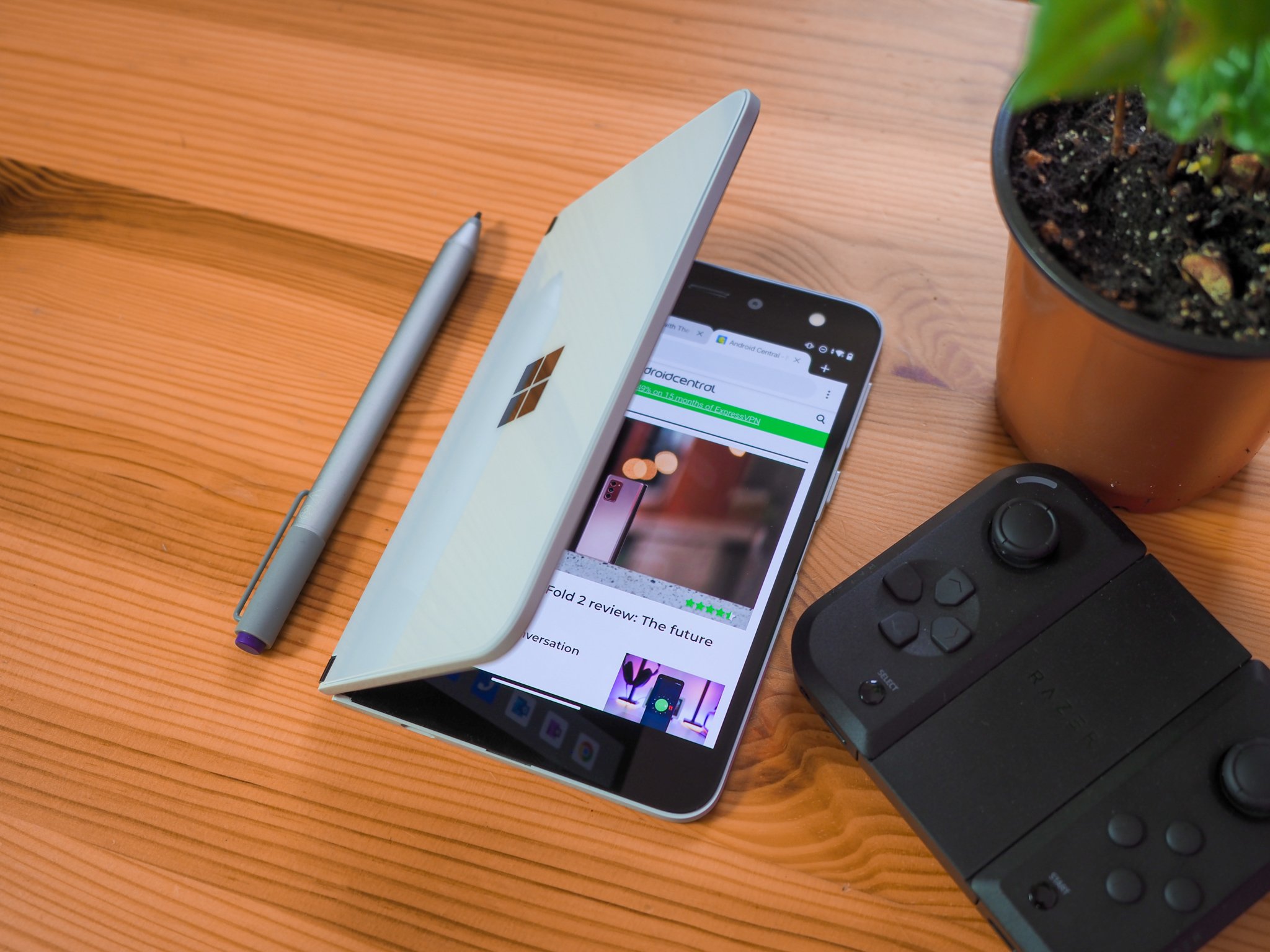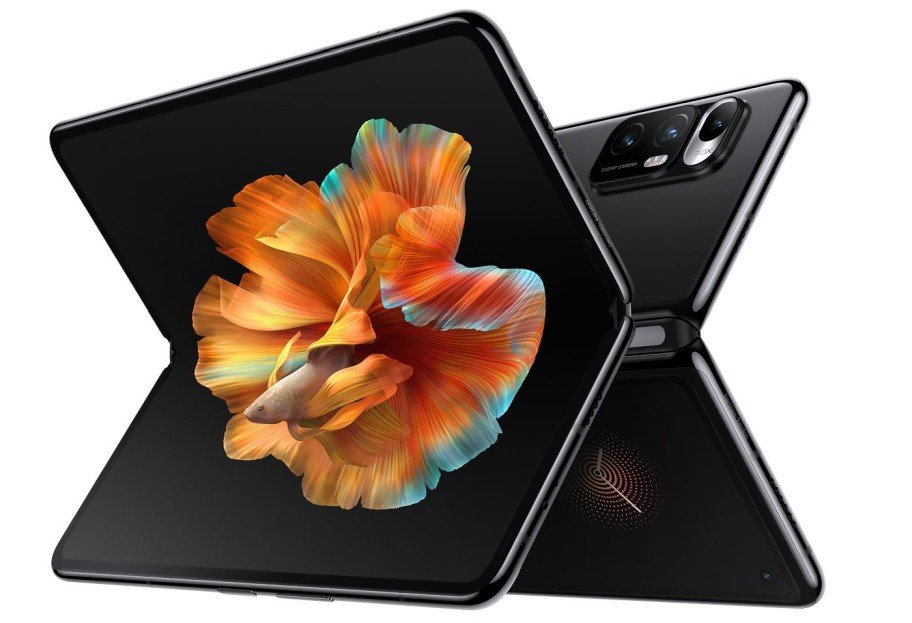What comes next for foldables? Some next-gen folding ideas we'd love to see
Foldables have recently become big in 2021. Well, not that big, but bigger and more viable than ever before. Time will tell whether they replace today's accepted form factors at large or whether they become something like convertible laptops which complement but do not supersede standard (and often-cheaper) designs.
That being said, the growth of foldables has helped rejuvenate a couple of form factors that have either grown stale or are just flat-out obsolete. Want a tablet-lite for your Westworld fantasy? You can have one with the Galaxy Z Fold 2. Want a clamshell so you can flick your phone closed aggressively after your 100th spam call? There's a RAZR for that. Want a shuriken or a scroll so you can be a modern ninja? Perhaps LG could have helped you out with the Wing or Rollable (RIP). Want something that flips and rolls? TCL has your fantasies covered.
Foldables and non-traditional form factors are the future of mobile computing, and that future is fluid and brimming with choice. We asked around the Android Central team to see what new shapes and sizes writers were hoping would make a splash in this new world.
Jump to:![]()
Born and raised in Austin, Texas, Ara dove into Android in 2011 and has been theming launchers and poking entertainment apps with a stick. When she's not writing about cases and Chromebooks, Ara tests her tech at Walt Disney World and bakes bread and pumpkin seeds depending on the season. If you see her without headphones, RUN.
As a woman with pants pockets that aren't really made for carrying more than some hand sanitizer and my earbuds, foldables make me swoon at the thought of being able to finally get back to carrying my phone in my pocket instead of needing to wear my trusty shoulder holster every time I leave the house. Don't get me wrong, my holster is great and it beats the hell out of having to carry a purse, but I miss the days when my phone actually fit in my pocket.
The first Galaxy Z Flip and Motorola RAZR foldables were ridiculously overpriced and sported last-gen internals, but the upcoming Z Flip 2 looks quite promising, especially with that Pixel 2-esque two-toning and the improved camera setup. I have little interest in a phone that folds out into a tablet - that's what I have my awesome Chromebooks for - but a phone that'll fold up into a tiny little magical-girl compact of technological wizardry is a dream come true.
It's too much to ask for the textile industry to give women reasonably sized pockets, so at least give me quality phones that fit in them!
![]()
Daniel Bader is the Managing Editor of Android Central. He drinks way too much coffee and sleeps too little. He wonders if there's a correlation.
The future winners of the foldable race understand that durability more than utility is the single most important metric for success. Samsung, Motorola, Xiaomi, Huawei, and others - even Apple and Google, should they decide to enter the market - will need to build devices with the same degree of reliability as their candybar smartphone counterparts.
To that end, I actually think the current best way to approach foldables is something like the Microsoft Surface Duo, though with fewer compromises from a hardware perspective - slimmer bezels between the panels, better cameras, and some sort of front display - instead of the Galaxy Z Fold (though I'm prepared to be proven wrong with the Fold 3 later this year). The Surface Duo is so tantalizingly close to delivering on its promise as a phone/tablet hybrid, but the software was far too unfinished for a commercial product, especially at that price point, and Microsoft made the product to live in a liminal space between phone and tablet, so it ended up being neither.
While the future of the tablet is, I'm sure, going to revolve around advancements to foldable glass, I also can't ever see a time where the physical limitations, at a molecular level, aren't an impediment to the user experience. From creases to cracks to faulty hinges, these foldable form factors still feel fraught. Give me a narrower and taller Surface Duo with a revamped software experience that lets me seamlessly switch between two distinct panels and a single, unbroken one, and I'll be very, very happy.

Writer of nerdy tech things at Android Central.
I'll start by saying that think LG was on the right track with the Wing. The company cautiously approached foldable/dual-screen smartphones with devices like the LG V60 and LG Velvet, particularly at a time when foldable phones from companies like Samsung were eye-catching but still rough around the edges and quite expensive. LG instead gave users the option to have a dual-screen, and while it may have been fairly clunky, it wasn't required. LG took that a step further with the LG Wing. Sure, it actually had two displays, but the smaller one hid under the main display until you decided you wanted it, and when you did use it, the second display was actually quite useful when it came to multitasking.
When I heard that LG was working towards releasing a rollable smartphone with an expanding display, it made total sense to me. LG already had experience with this type of display, although at a larger scale with the LG Signature OLED TV RX. To bring this to a smartphone felt like the next logical step after foldables. I've never been particularly interested in foldable smartphones, but something seemed very compelling about the rollable smartphones that LG and OPPO showed off this year.
When I think of the future I don't see foldables having a place anywhere. They would appear somewhat primitive in futuristic, sci-fi films. Rollable smartphones feel like they have a place in the near and far future, and hopefully the loss of LG won't hinder their development.
Jeramy Johnson EditorJeramy Johnson came to the tech field later than most, but he has been obsessed with gadgets for years. He was born and raised in central Texas, went to graduate school in Washington D.C., and now lives in Austin with his wife, two kids, and two cats.
I've not hopped on the foldy boi hype train just yet, but even the skeptic in me can see that the form factor is no longer just a fad or crazy experiment. The refinements and advancements that companies like Samsung, Microsoft, Motorola, and TCL (among others) have made in recent years is impressive, and I can only imagine that they'll get even better at an even faster clip. With rumors that Apple is getting into the foldable game in the next few years, you know that competition, and hence quality, will only get better. Additionally, that will mean that prices should drop, which is good for us as consumers.
I still don't know if, or when, I'll ever buy a foldable phone, but if I were to do so, I would probably gravitate to something like the Samsung Galaxy Z Flip. I like the callback to classic flip phones that I began my mobile journey with, and I also prefer smaller phones to larger ones. I want to see better ingress protection and durability, but those features will no doubt come before I buy.
The foldable form factor would work very well on a tablet/laptop hybrid device, and I could definitely see myself picking up something like the Microsoft Surface Duo, the Surface Neo, or Lenovo ThinkPad X1 before I ever pony up the money for a folding phone.
![]()
Michael is a freelance contributor to Android Central who helps primarily with news coverage.
Personally, I'd like a more refined Surface Duo-like form factor. In other words, a truly digital book. Sure, the Surface Duo itself may have been a flop, but that's more a function of deliberate hardware and availability choices that limited the availability of the device. Referring to our review, if Microsoft were to fix most of the quality issues there and refine the form factor a lot more, it could be just the style of form-factor we'd need. I'm a reader. I have periods where I read a lot of books, whether regular prose or comics. Having a device that more approximates the physical dimensions of a physical book would go a long way.
For companies, there are business reasons to invest in a book like form-factor. If Amazon ever wants to make a foldable, tying its Kindle business to the foldable would make a lot of sense. Hell, even Google's Play Books would work well on a book-style foldable. For a company that tries everything at least once, this is one take I'd love to see.
Nick Sutrich Freelance ContributorNick is a freelance writer and contributor to Android Central. He's been writing about tech since 2011 and loves robot vacuums, home automation, virtual reality, and any kind of gadget that's connected to the Internet. Find him on Twitter at @Gwanatu.
For me, the foldable isn't so much about the form factor as it is about the experience. The base concept of a foldable is one in which you use a product that can be resized to fit the scenario at hand. A bespoke device for all your needs, whether it be a phone, tablet, PC, or something else entirely. What we've seen from foldables so far has hinted at this possibility but has largely fallen short. The Mi Mix Fold is the first such device I've seen that might actually aspire to such a lofty goal, and it does it not by introducing a radical new form-factor or sliding mechanism - it actually uses my preferred form-factor, the Galaxy Fold-style clamshell - but by elevating software design to grow with the hardware.
I'm someone who regularly reaches out for the desktop version of any app or website I can find, and I often do it by physically reaching for a computer attached to a physical monitor, mouse, and keyboard. But I'm tired of the device stretch. I want one that can do it all without feeling like it's still being held back by some antiquated feature that was never meant for devices that looked or worked like this. It's like trying to squash the full Windows OS into a tablet, or putting iOS on a giant screen with a keyboard and mouse to control it. It wasn't made for that. It needs something new. Xiaomi's PC Mode feels like the proper evolution of what Samsung DeX should have become when the Galaxy Fold came out, and it feels like the true beginnings of what I want to see a foldable do.
The beauty of Android is that it can scale with basically any resolution and aspect ratio you throw at it, but even that is sort of a legacy feature meant to cover different slate-style form factors. Software from companies like Samsung, Huawei, Xiaomi, Microsoft, and others in this game need to be able to understand the relationships between these screens and how we want to use them. I want a foldable that can be a small phone for popping out a quick message or call to someone or just glancing at the time. I want a foldable that gives me enough screen real estate in an aspect ratio that's ideal for movies, games, and other full-screen tasks. I also want a foldable that can completely replace those desktop experiences without feeling limiting. If we're paying $1,500 to $2,000 for such a device, that should be the ultimate goal and that's, ultimately, where I want to see the future of foldables go.
What are you hoping to see from future form factors?Foldables and slabs may now form the present, but the future is never fixed in the fast-paced smartphone market. Are you hoping for novel takes on the foldable genre, or would you like to see more of the same? Would you rather see regular smartphone slabs dominate, or something else entirely? Let us know your thoughts in the comments below.
